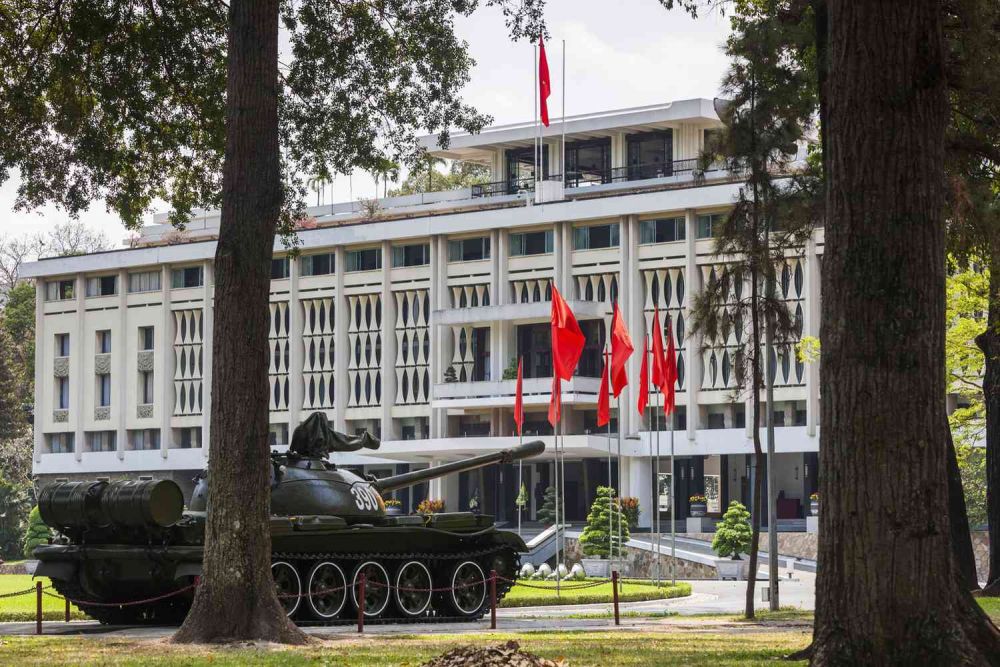

Independence Palace, also known as Reunification Palace, situated in the heart of Ho Chi Minh City, is a landmark filled with historical significance. This place is not just a mere attraction; it is a symbol of the end of the Vietnam War. Constructed on the site of the former Norodom Palace, Independence Palace is an outstanding example of 1960s architecture, designed by Ngo Viet Thu, the first Vietnamese architect to receive the Grand Prix de Rome.
The history of tourism at Independence Palace is inherently linked to its political past. Initially, it served as the residence of the French Governor-General of Indochina and later became the presidential home for South Vietnam's President during the Vietnam War. On April 30, 1975, the fall of Saigon was marked by a North Vietnamese tank crashing through its gates, an image that resonated around the world and signaled the end of the war. This momentous event has turned the palace into a symbol of peace and reunification. In 1976, it was declared a National Historical Relic, and since then, it has been preserved as a museum.
Tourism in the palace began to flourish post-war as international visitors started to trickle into Vietnam. As relations improved and Vietnam opened its doors to global travelers in the 1990s, Interest in the palace and its history grew. The Vietnamese government recognized the palace's potential as a tourist attraction and invested in its preservation. Accessibility was improved, and English-speaking guides were employed to cater to international visitors.
As tourist numbers have grown, the palace has adapted to the latest tourism trends. Here are some updates:
The future of tourism at Independence Palace looks promising. There is an ongoing effort to maintain the site's historical integrity while making it relevant to new generations of visitors. Efforts to digitize archives and create immersive, augmented reality experiences are underway. With Ho Chi Minh City continuing to develop as a major Asian metropolis, the palace stands as an anchor to the past, offering a poignant reminder of Vietnam's journey toward independence and unification.
For travelers interested in history, architecture, or the story of Vietnam's development, a visit to the Independence Palace is an unmatched journey through time, right in the bustling urban landscape of modern Ho Chi Minh City.